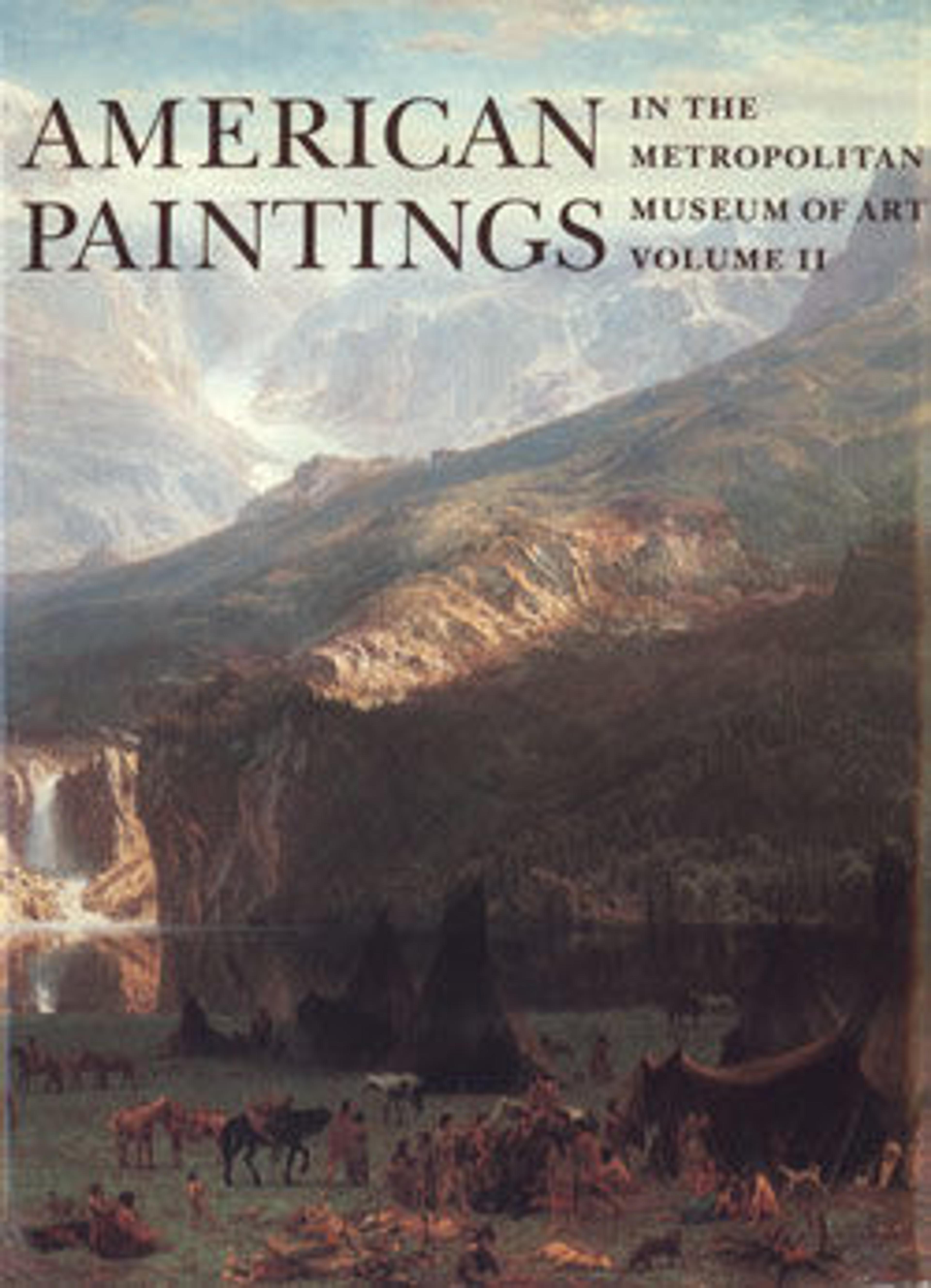Shipwreck off Nantucket (Wreck off Nantucket after a Storm)
On August 8, 1859, the whaling ship Nantucket ran aground during the night at Nashawena Island, Massachusetts, part of the Elizabeth Islands at the entrance to Vineyard Sound. The next day, Bradford left his studio in New Bedford to observe the scene in preparation for painting this large, epic depiction of the shipwreck. He had recently worked alongside Albert Van Beest, who had been trained in the tradition of Dutch marine painting, and the dramatic effect of heavy seas and tilting ship show the other artist’s influence. Bradford’s impressive knowledge of seagoing vessels, however, is seen in the careful delineation of the deck of the whaler and the small craft that surround it.
Artwork Details
- Title:Shipwreck off Nantucket (Wreck off Nantucket after a Storm)
- Artist:William Bradford (American, 1823–1892)
- Date:ca. 1860–61
- Culture:American
- Medium:Oil on canvas
- Dimensions:40 × 64 in. (101.6 × 162.6 cm)
Framed: 55 7/8 × 79 1/2 × 6 1/4 in. (141.9 × 201.9 × 15.9 cm) - Credit Line:Purchase, John Osgood and Elizabeth Amis Cameron Blanchard Memorial Fund, Fosburgh Fund Inc. Gift, and Maria DeWitt Jesup Fund, 1971
- Object Number:1971.192
- Curatorial Department: The American Wing
More Artwork
Research Resources
The Met provides unparalleled resources for research and welcomes an international community of students and scholars. The Met's Open Access API is where creators and researchers can connect to the The Met collection. Open Access data and public domain images are available for unrestricted commercial and noncommercial use without permission or fee.
To request images under copyright and other restrictions, please use this Image Request form.
Feedback
We continue to research and examine historical and cultural context for objects in The Met collection. If you have comments or questions about this object record, please contact us using the form below. The Museum looks forward to receiving your comments.
